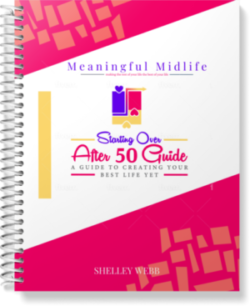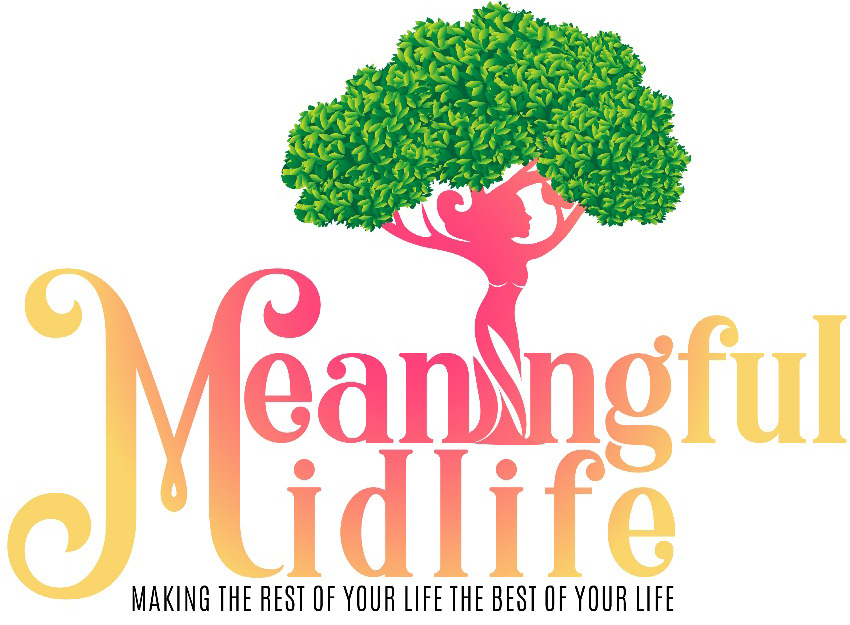
Since becoming a caregiver, you may have discovered you have a passionate dislike for the disease or condition that caused you to become a caregiver. No disease is “liked” but generally they aren’t on our radar until there is a reason for it to be there. I would make a donation to a cause if I knew someone impacted by it, but I didn’t think about it again. If we were to compare this to the story of the ham and egg breakfast, at this point, I was the chicken… involved.
Before my husband was diagnosed with mild cognitive impairment in 2009, I didn’t think about Alzheimer’s disease. Both of my parents had passed away, and I thought I had another thirty years before it would even be a concern because I thought only much older people had Alzheimer’s. I quickly found out I was very wrong. I became the ham and moved from involved to committed.
After the initial feeling of having the rug pulled out from under me while standing inside the drum of a moving dryer that was being tossed in a tornado, life settled down to feeling like I was on a boat. Sometimes the ocean was smooth, and sometimes it was in the midst of a storm, but at least there were moments of relative calm when my mind would wander and I would consider what I could do to change the future.
It’s important for me to be involved and give back to the organization that helps me. I do this how and where I can, which includes considering time and financial restrictions. This is a partial list of how I’m involved:
- put brochures about Alzheimer’s in the library, senior center, and other places to let people know about the disease and where they can get help
- participate in the annual fundraising walk captaining a team and fundraising
- ask local businesses if I can post information about the fundraising walk
- attend City Council meetings to address specific issues as requested by my local Alzheimer’s organization
- make a phone call or send an email to ask an elected official for their vote on a bill
- speak at conferences
- volunteer at an information table at an event
- share the organization’s phone number with other people in a similar boat
- share Alzheimer’s related tweets and Facebook posts
None of these things took any money and in each case, I was able to decide how much time I was willing to commit to a project.
My husband has also been involved and has become a face for younger people diagnosed with a cognitive problem. He attends Advocacy Committee meeting and has traveled with others from the organization to Sacramento where he has participated in Advocacy Day. After watching me participate in the fundraising walk for a few years, he has joined my team and now participates as well.
If you have a desire to be involved, give back to an organization that has assisted you, or try to prevent others from going through what you and your loved one are experiencing, call the local organization and ask how you can help. You may feel you don’t have a lot of time or money to offer, but your enthusiasm will be welcome.
LEARN TO LOVE YOUR LIFE AGAIN
 Do you feel like you need to hit the REFRESH button on your life? Download our free guide and begin to create your best life yet!
Do you feel like you need to hit the REFRESH button on your life? Download our free guide and begin to create your best life yet!


